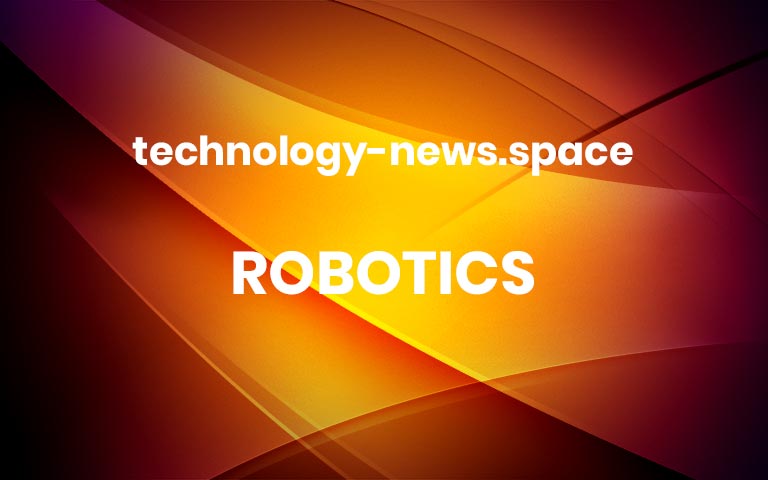Kerry Wan/ZDNETArtificial intelligence (AI)-powered features can be found in most TVs these days, usually in the form of processors that upscale lower-resolution content. Also: Every Samsung TV announced at CES 2025: Best features coming to OLED, QLED, 8K modelsSamsung, though, is rolling out an entire suite of AI features for its upcoming TV lineup that takes things a step further. Collectively called “Vision AI,” Samsung says these features don’t just boost image quality, but offer insight as to what’s on screen and even improve security. Here’s a look at what Vision AI will bring to 2025 Samsung TVs.1. AI-boosted video and audioLike many TV makers these days, Samsung is taking advantage of AI upscaling to make older content look better. The company says this feature is even better for this year’s TV lineup, along with HDR Remastering, which uses AI to enhance standard dynamic range content to high dynamic range levels. New to 2025 sets is Color Booster Pro, which Samsung says uses AI to offer richer, more vibrant colors.2. Click to SearchWondering where you’ve seen an actor before? This feature will give you more information about people, places, or products on your screen. Click the new AI button on your remote, and you’ll see who the actors are in a given scene, where that scene is taking place, or even the clothing the characters are wearing (which sounds a lot like the Encore AI shopping search). More


